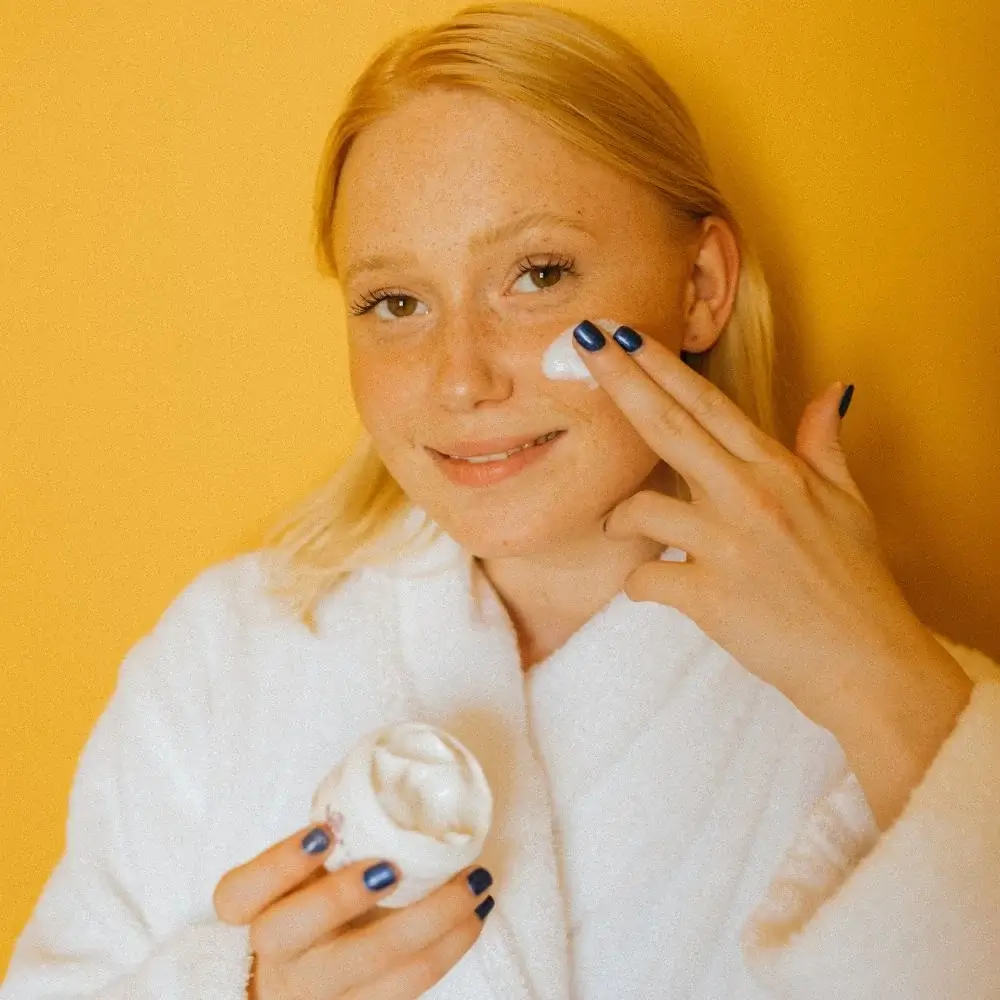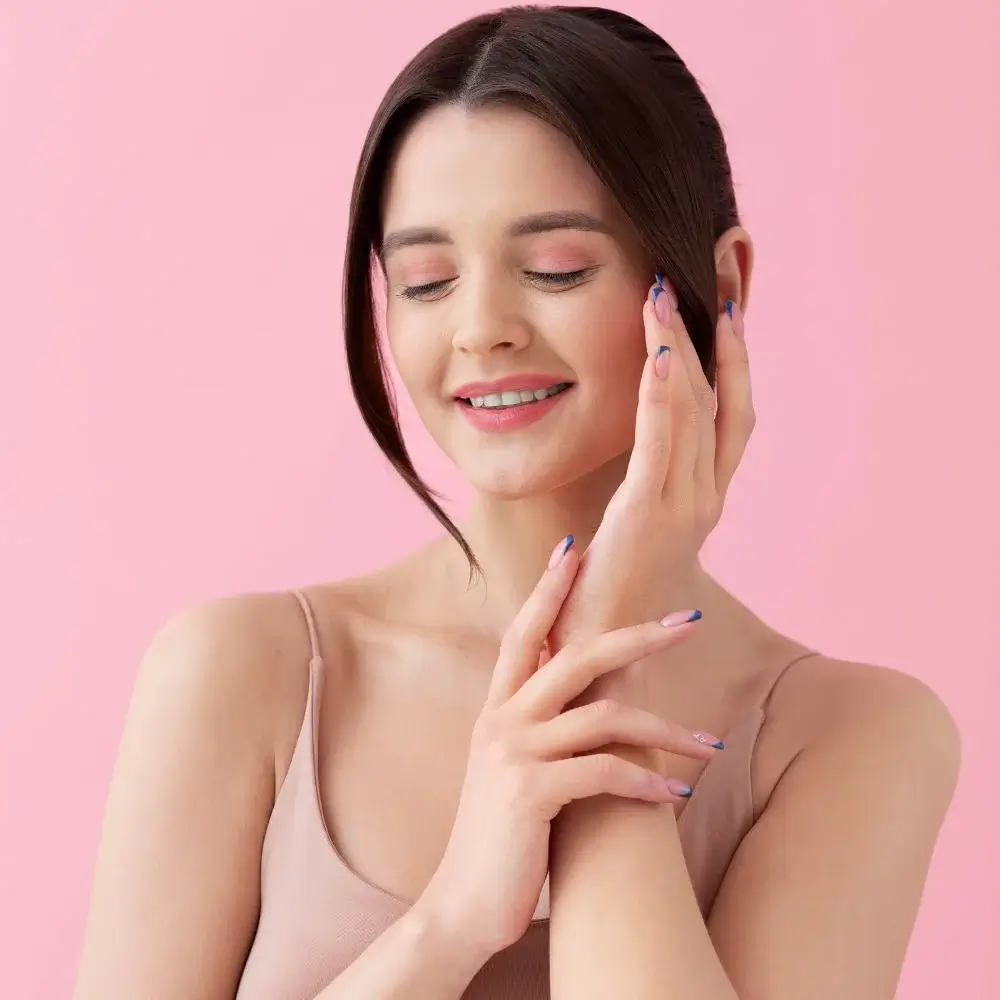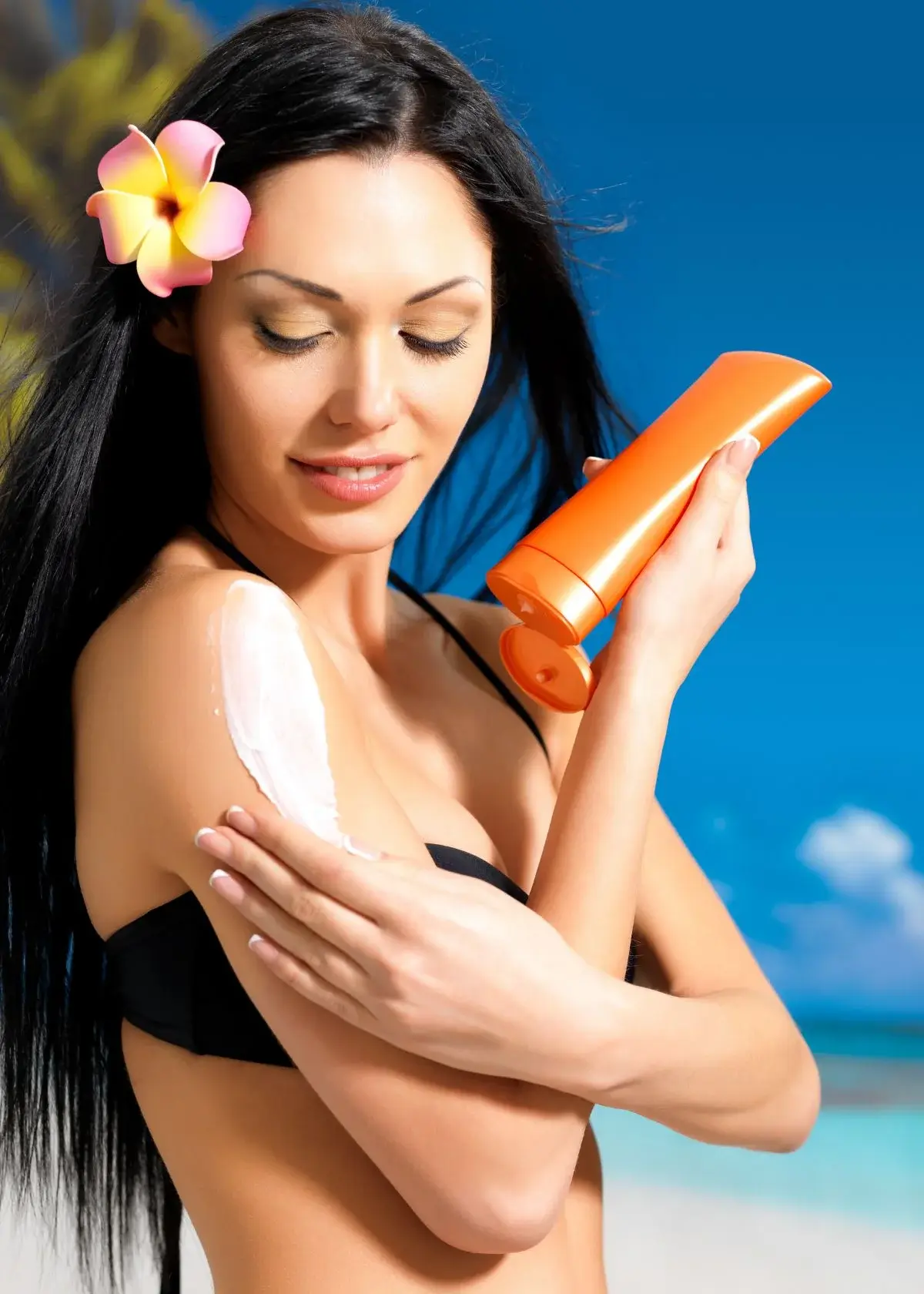Sunscreen has always been an essential part of our daily skincare routine. However, the evolution of technology has brought us to a new concern: blue light emitted from electronic devices such as smartphones, laptops, and TV screens. Research has shown that blue light may lead to skin aging, hyperpigmentation, and even skin cancer. Therefore, it is crucial to understand why blue light sunscreen matters and how to choose the right one to protect our skin. This article will guide you through everything you need to know about choosing the right blue-light sunscreen.
Look for Broad-Spectrum Protection
When it comes to choosing the right sunscreen, the most critical factor to consider is the level of protection it offers. UVB rays cause sunburn, while UVA rays can lead to skin aging and cancer. While some sunscreens only protect against UVB, opting for a broad-spectrum sunscreen that protects against UVA and UVB rays is essential. Most blue light sunscreens offer broad-spectrum protection, but always read the label to ensure.
Check the SPF
SPF, or Sun Protection Factor, measures how well a sunscreen protects against UVB radiation. The higher the SPF, the more protection the sunscreen will give. However, it's essential to remember that SPF only indicates protection against UVB rays, not UVA radiation. Dermatologists recommend using sunscreen with an SPF of at least 30, while most blue light sunscreens usually offer an SPF between 30-50.
Consider the Ingredients
The ingredients used in blue light sunscreen matter as much as the level of protection they offer. Look for sunscreens that contain antioxidants like vitamins C and E, which help protect the skin from oxidative stress and free radicals caused by blue light radiation. Besides, a physical sunscreen made up of zinc oxide or titanium oxide may offer superior protection over a chemical sunscreen.
Choose Your Texture
Sunscreen comes in many textures and forms, including lotions, creams, sprays, gels, and powders. The texture you choose mainly depends on your preferences and skin type. If you have oily skin, then a gel-based sunscreen may be a better option. A cream-based sunscreen that provides other moisture may be preferred for dry skin.
Check for Skin Compatibility
Lastly, always check your skin's compatibility with a new sunscreen product. If you have sensitive skin, choose mineral-based sunscreens and look for "hypoallergenic" on the label. Also, those with oily or acne-prone skin should choose oil-free, non-comedogenic sunscreens. Constantly patch review a new sunscreen product by applying it to a small area on your arm before using it on your face.
Selecting the right blue light sunscreen can be a daunting task with so many available options. However, it is vital to understand what aspects to consider before purchasing one. When hunting for the perfect blue light sunscreen, always remember to check for broad-spectrum protection, SPF level, ingredients, texture, and skin compatibility. By following these tips, you can be sure to have a sunscreen that protects your skin from harmful blue light radiation and leaves it feeling healthy and rejuvenated.
Are you tired of endless online shopping for the perfect Blue light sunscreen that doesn't leave your skin feeling greasy or heavy? After extensive research, we've curated a list of the best Blue light sunscreens available in the market. By clicking on the link, you'll discover a whole new world of sunscreens that not only offer protection from harmful Blue light but also moisturize your skin and leave it feeling soft and refreshed. Say goodbye to the fear of premature aging caused by Blue light. Give your skin the TLC it deserves with the best Blue-light sunscreen out there!
What are the critical ingredients in blue light sunscreen?
Blue light sunscreen is meticulously crafted with various crucial components for comprehensive protection. Principal ingredients include zinc oxide and titanium dioxide, renowned for their role as physical blockers, effectively safeguarding against both UV and blue light. Moreover, it often features an array of antioxidants such as vitamin E, niacinamide, and botanical extracts like green tea and licorice root. These ingredients create a robust and multifaceted protective barrier, ensuring thorough defense against the detrimental effects of blue light exposure, oxidative stress, and UV radiation. They also enhance skin nourishment and health, promoting a vibrant complexion.

What are the sources of blue light besides the sun?
Beyond the radiant embrace of natural sunlight, our daily existence is inundated with artificial sources of blue light. Foremost among these are the ubiquitous digital screens on computers, smartphones, tablets, and televisions. Furthermore, the indoor environment heavily relies on artificial lighting, with LED and fluorescent lights occupying a prominent role. The omnipresence of these artificial sources underscores the critical importance of safeguarding your skin from potential damage, thus elevating the significance of blue light sunscreen to an indispensable component of modern skincare routines.

What skin types benefit most from using blue light sunscreen?
The advantages of blue light sunscreen extend to all skin types, but it is invaluable for individuals with sensitive or easily irritated skin. Besides, those who find themselves immersed in extended periods in front of screens or bathed in the glow of artificial lighting should prioritize the seamless integration of blue light sunscreen into their daily regimen. This proactive approach aids in mitigating potential adverse effects such as redness, inflammation, premature aging, and the vulnerability of the skin's natural barrier, ultimately culminating in the promotion of overall skin health and radiance.

How does blue light sunscreen work to protect the skin?
Blue light sunscreen operates as a meticulously orchestrated guardian, orchestrating a multifaceted defense mechanism. It adeptly reflects and absorbs blue light wavelengths that can penetrate the skin's surface. This proactive stance is instrumental in thwarting potential damage, encompassing premature aging, hyperpigmentation, and disrupting the skin's natural barrier. These are consequences often associated with prolonged exposure to the blue light spectrum, further underscoring the pivotal and indispensable role of blue light sunscreen in preserving skin health and its youthful and radiant appearance.

How can I incorporate blue light sunscreen into my daily skincare routine?
The seamless integration of blue light sunscreen into your daily skincare repertoire necessitates a comprehensive and thoughtful approach. Initiate your routine with a gentle yet effective cleanser, purifying the skin and preparing it for subsequent steps. Follow this with a toner to balance the skin's pH and enhance its receptivity to subsequent products. Consider the application of serums tailored to specific skin concerns, and select a moisturizer formulated to cater to your skin type, providing optimal hydration. Conclude this meticulous process with the generous application of blue light sunscreen, serving as the ultimate protective layer before applying makeup or stepping out into the world.
Should blue light sunscreen be used in conjunction with other skincare products?
Unquestionably, blue light sunscreen should assume the pivotal role of the cornerstone within your all-encompassing skincare regimen. While its primary focus remains steadfastly on providing robust protection against blue light and UV radiation, it is essential to recognize the symbiotic relationship it shares with complementary skincare products like cleansers, serums, and moisturizers. These auxiliary products cater to diverse skin needs, encompassing hydration, anti-aging, and targeting specific skin issues such as acne or hyperpigmentation. Employing them harmoniously ensures the establishment of a comprehensive and well-rounded skincare routine, capable of attending to your skin's multifaceted requirements with precision and finesse.







